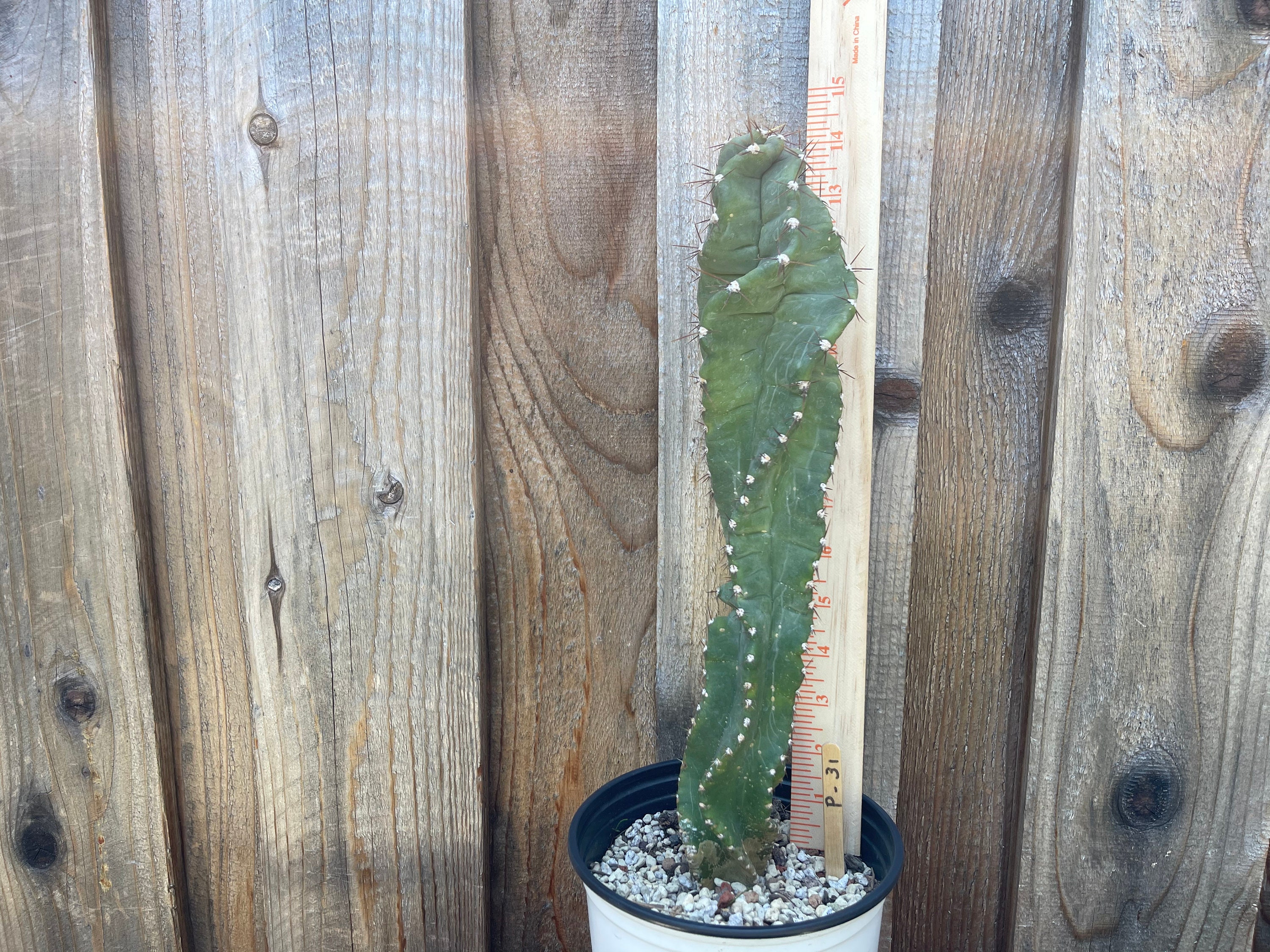

"Ecological gradients, subdivisions and terminology of north-west European mires". ^ a b "Cladium mariscoides : Twig Rush | Rare Species Guide"."The conservation and management of a threatened coastal plain plant community in eastern North America (Nova Scotia, Canada)". "Linking landscape properties to local hydrogeologic gradients and plant species occurrence in New York fens: a hydrogeologic setting (HGS) framework". ^ Richard Blaustein: "Climate change prompts a rethink of Everglades management".The Everglades Handbook: Understanding the Ecosystem. In Everglades: The Ecosystem and Its Restoration, eds. "Synthesis: vegetation pattern and process in the Everglades ecosystem". Everglades: The Ecosystem and its Restoration. "A study of the vegetation in the Florida Everglades". Cambridge University Press, Cambridge, UK. Wetland Ecology: Principles and Conservation (2nd edition). ^ a b "Plants of the World Online | Kew Science".mariscus - Europe, northern Asia and North Africa from Ireland and Morocco to Japan, including Germany, Italy, France, Scandinavia, Poland, Balkans, Ukraine, Russia, Siberia, Saudi Arabia, Iran, Himalayas, Kazakhstan, China, Korea Latin America from Mexico to Argentina West Indies southeastern United States from Texas to Delaware naturalized in tropical Africa and on many oceanic islands including Canary Islands, Madagascar, New Guinea, Hawaii

californicum (S.Watson) Govaerts - California, Arizona, New Mexico, Nevada, Utah, Texas, Sonora, Coahuila Cladium mariscus (L.) Pohl – Great fen-sedge, saw-sedge.– Smooth sawgrass (eastern North America from Labrador to Manitoba, south to Florida and Texas) At present, three species are accepted by Kew Royal Botanic Gardens, one having four subspecies. The number of species contained in the genus is disputed, with different authors accepting between two and 60 species as distinct.

Several fossil endocarps of † Cladium bicorne and † Cladium reidiorum have been described from middle Miocene strata of the Fasterholt area near Silkeborg in Central Jutland, Denmark. On Gotland, a limestone island in the Baltic sea, Cladium mariscus is used for thatching. Sawgrass may be useful as a source for developing biofuel ( ethanol), possibly replacing corn as the cellulose (the basis for developing ethanol) source of choice. Hence, it is sometimes mowed to reduce dominance. Its ability to form dense stands can lead to reduced plant diversity. Ĭladium mariscus is frequently encountered in English fens. mariscoides on a lake shore is indeed a very rare event in Minnesota". "Finding a self-sustaining population of C. Owing to such specific habitat requirements, it is quite rare in the northern states such as Minnesota. Ĭladium mariscoides, or twig-rush, is also a wetland plant, but is found further north, and in other kinds of wetlands including fens, wet meadows and pond shores. Eighty plant and animal species in the Everglades are threatened or endangered. Phosphorus from agricultural runoff favoured dense cattail over rich sawgrass habitats, choking off water access for animals and birds.

American alligators also use sawgrass to build nests. Together they produce a rich array of habitats that support the biological diversity of the Everglades. Dense sawgrass beds are intermingled with other vegetation types. jamaicense grows in extremely infertile conditions, particularly wet sites that are low in phosphorus. One typical and well-known area of extensive saw-grass growth is the Florida Everglades sawgrass is the plant referred to by the descriptor, " River of Grass". jamaicense, or saw-grass, is common in marshes and savannas throughout the tropical Americas. Like many plants found in wet habitats, it has deeply buried rhizomes that can produce tall shoots with dense canopies. These are plants characterized by long, narrow (grass-like) leaves having sharp, often serrated (sawtooth-like) margins, and flowering stems 1–3 m tall bearing a much-branched inflorescence. ( August 2022) ( Learn how and when to remove this template message)Ĭladium ( fen-sedge, sawgrass or twig-sedge) is a genus of large sedges, with a nearly worldwide distribution in tropical and temperate regions. Several templates and tools are available to assist in formatting, such as Reflinks ( documentation), reFill ( documentation) and Citation bot ( documentation).
#Spiral cactus grass full#
Please consider converting them to full citations to ensure the article remains verifiable and maintains a consistent citation style. This article uses bare URLs, which are uninformative and vulnerable to link rot.


 0 kommentar(er)
0 kommentar(er)
